Big Time Wild Hog Adventure
Thursday, October 10th, 2019This is Passport to Texas
Feral Hogs are an interesting predicament we have here in Texas.
Justin Dreibelbis is the Private Lands and Public Hunting Program Director at Texas Parks and Wildlife.
They cause a lot of agricultural damage for people trying to run ranches and farms. However, on the other hand, they are entertaining to hunt and they are good table fare. We run the wildlife phone bank here at Parks and Wildlife headquarters in Austin, and one of the biggest calls is out of state hunters wanting to come to Texas to hunt hogs. There is interest from hunters both in Texas and out of state.
Here comes the Big Time Texas Hunts’ Wild Hog Adventure. You and three friends could win a chance to hunt free-range wild boar on a ranch in the South Texas Brush Country.
You get to hunt on private land that’s covered in feral hogs. You get high quality lodging, high quality food, and a guide. A lot of people hunt feral hogs because of the food value. It’s organic, it’s lean and it’s good on the grill.
Each online entry for the Wild Hog Adventure is only $9. There’s a $5 online administration fee, but you can enter as many times as you want in a single transaction. Just search for Big Time Texas Hunts on the Texas Parks and Wildlife website.
Monies raised from the Big Time Texas Hunts program go directly to wildlife conservation and public hunting opportunities in Texas.
For Texas Parks and Wildlife…I’m Cecilia Nasti.
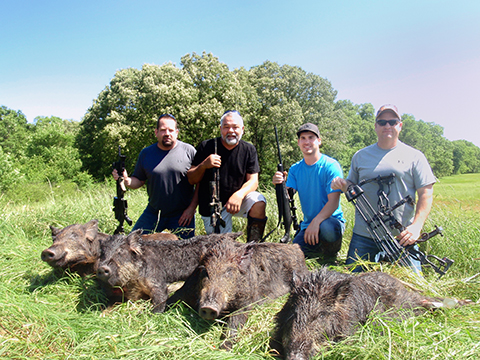

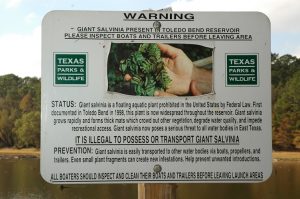
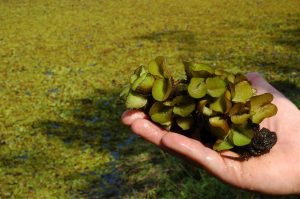
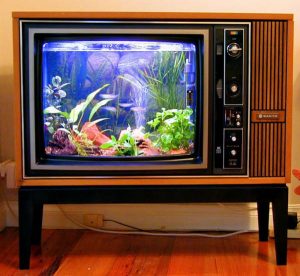
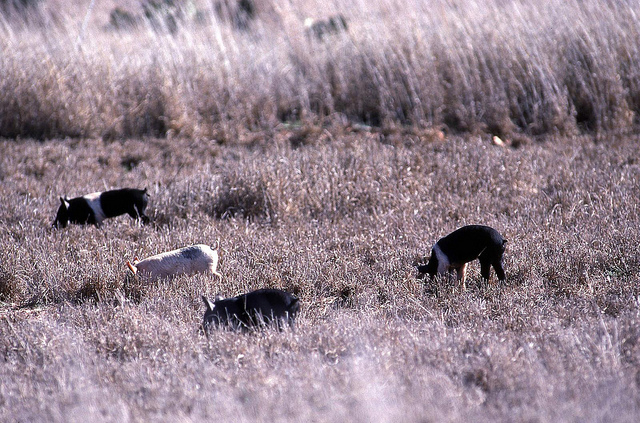

 Passport to Texas is a
Passport to Texas is a  Passport to Texas is made available by:
Passport to Texas is made available by: